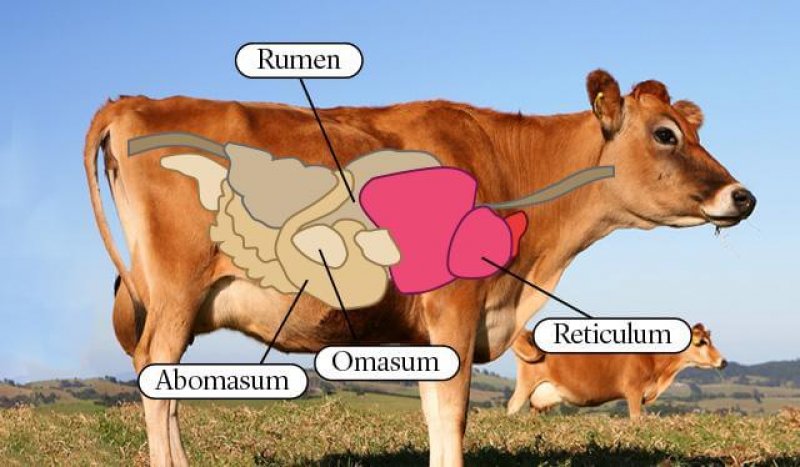For billions of years, nature has perfected ways of dealing with the recycling of materials. Like a good housekeeper who saves as much as she can, she knows how to avoid what is too much and too little.
One of the best examples of this thrifty behavior is the evolution of ruminants: animals such as deer, goats, cows and antelope have developed a unique digestive system, consisting of four different stomachs, to convert even the toughest grasses and leaves into nourishing milk, wool and protein.
A cow is therefore a natural example of consolidated bioprocessing where cellulose (in plant material) is hydrolysed and converted to various products in a single vessel (the cow). So what can we learn from Nature, and more specifically cows, when dealing with the 83 million metric tonnes of agricultural, municipal and fruit waste produced in South Africa every year?
According to microbiologists at Stellenbosch University, the concept of a biorefinery based on the four-stomach digestive system of ruminants, may just be key to the establishment of simple and robust, small-scale biorefinery operations in South Africa and Africa.































